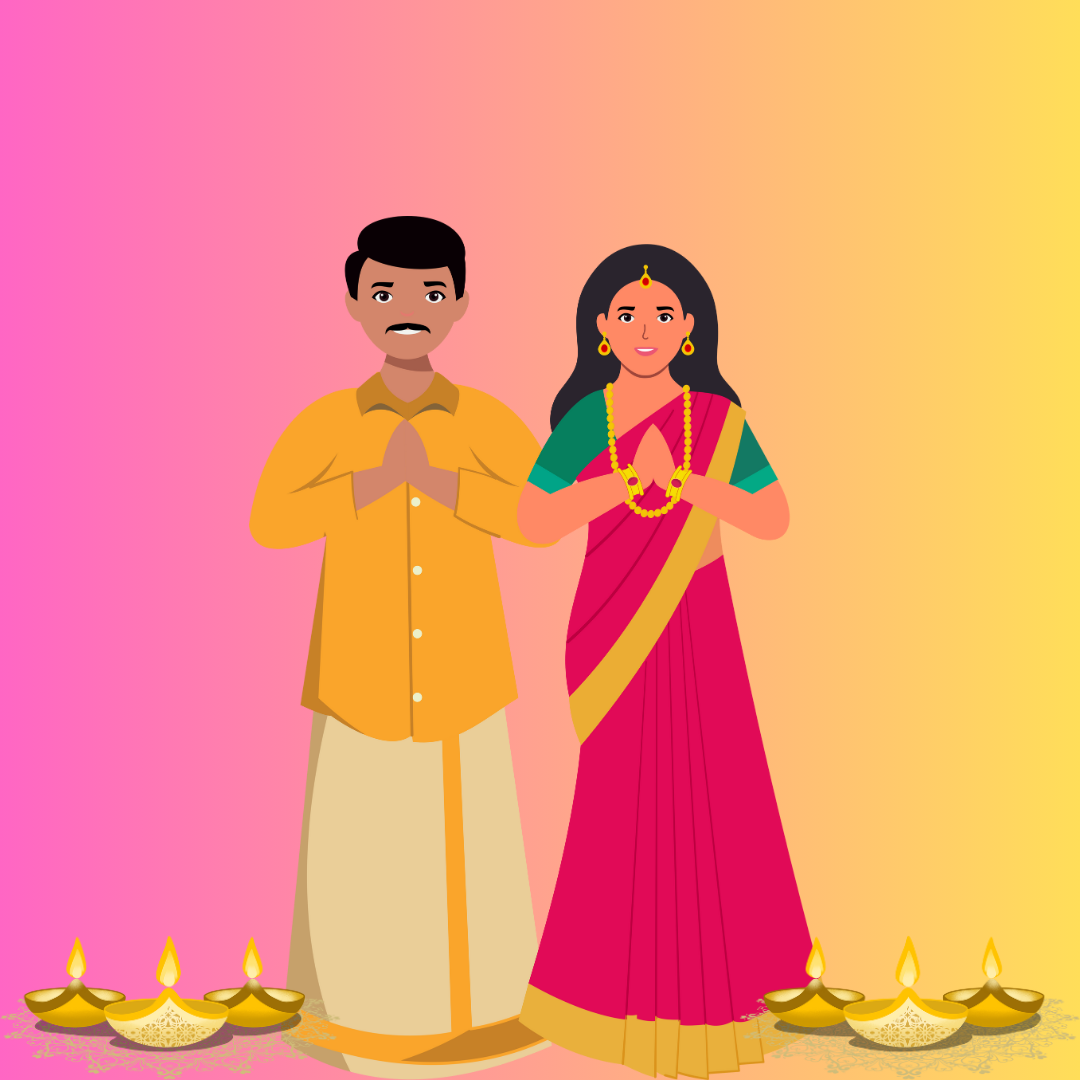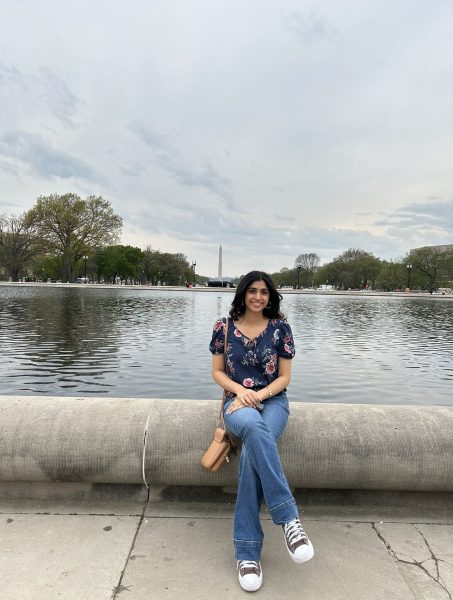With the increased calls from people of color for better representation, Western media has taken strides toward inclusivity. South Asians recently felt this step forward with the release of a Diwali-themed Barbie doll.
For years, the media has ostracized South Asians with harmful stereotypes about their culture and beauty. Representation in these outlets consisted of racist undertones perpetuating harmful notions which make fun of their accents, intelligence or athleticism.
Improper representation in pop culture can have a detrimental impact in progressing towards an inclusive society. “As a South Asian growing up in a predominant white society, the lack of representation in media and news made me insecure of my identity and culture as I had,” stated junior Ayesha Kumar.
The release of a South Asian Barbie was not unfamiliar to Mattel. The first Indian Barbie doll came out in 1996. She was dressed in a gaudy pink saree, and her description claimed she was wearing a “two piece outfit with a shawl,” misrepresenting the true nature of the piece. In 2012, a similar Barbie doll was released, adorning a yellow saree and a “playful monkey friend,” playing into harmful stereotypes of South Asian affiliation with the primate species.
Both the 1996 and 2012 dolls shared faces that emphasized prominent eurocentric features. This fed into South Asian beauty standards which idolized these features, eventually leading to young girls gravitating towards the classic, eurocentric Barbie.
The 2024 doll, however, has strived to make changes in both the cultural clothing and facial features.
Mattel partnered with Indian fashion designer Anita Dongre to release a new, Diwali-themed Barbie. Its spotlight on the vibrant festival is a step forward in broader campaigns for diversity and inclusivity.
The doll features a choli (a cropped top) and a vest all paired with a lehenga (long skirt). The intricate designs showcase dahlias, lotuses and jasmine to feature India’s unique beauty and culture. Additionally, the doll has golden bangles and earrings to picturize the radiance of Indian jewelry and reference the vibrancy of Diwali lights.
The doll is a refreshing contrast to previous depictions of South Asian cultural clothing. “Traditionally, I’ve seen the cultural clothing that our community wears pictured in a gaudy sense. With this doll, it’s such a breath of fresh air for our community and can educate other people about our culture,” voiced senior Prithikha Paranidharan.
After years of waiting for proper representation, the South Asian community can enjoy the Diwali Barbie as a pivotal moment in pop culture for establishing their self-identity.
For a community with a large Indian population, such as the Quad Cities, people feel the doll serves as a stepping stone towards proper representation. “It’s so exciting to see better portrayals of South Asian culture and customs. As someone with a little sister, I hope that this doll will inspire younger generations of South Asians to embrace and appreciate their culture,” expressed junior Shalini Chandupatla.
Diwali Barbie is an excellent example of cultural appreciation and can serve as a reference for future portrayals of South Asian culture and customs.









